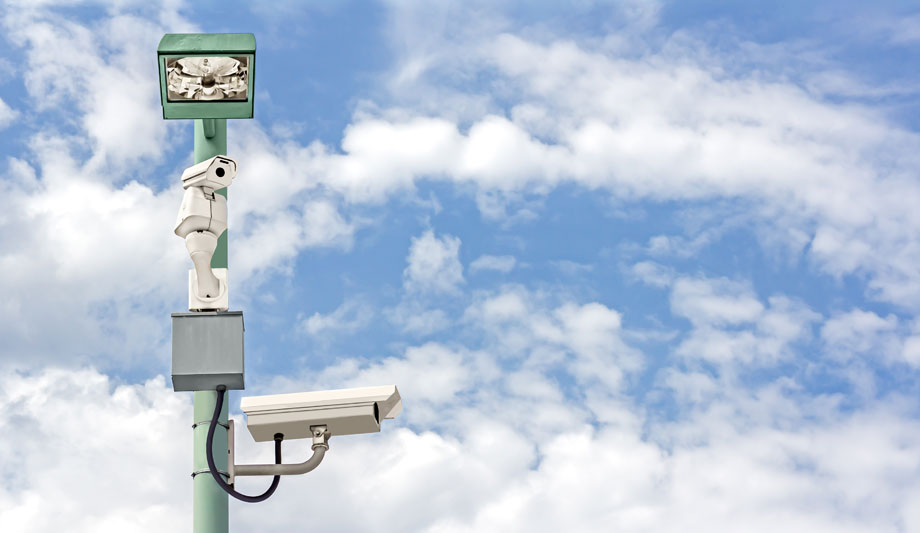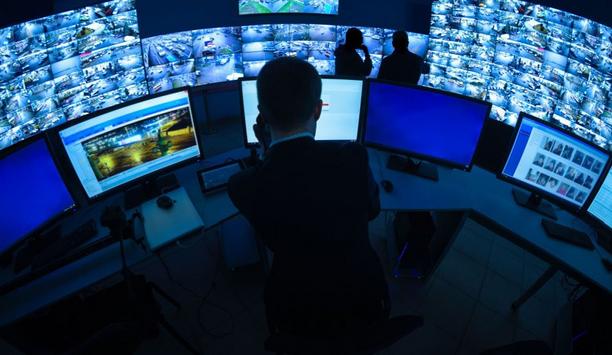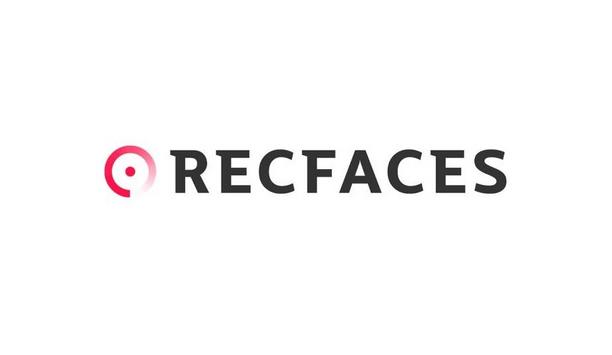Today’s video cameras are better than ever, now able to capture images despite low light and other impediments. But do the images always provide enough clarity for security applications and/or for video analytics?
The ability to capture an image in a variety of environments isn’t the same as capturing the best possible image, says Eddie Reynolds, President and CEO of Iluminar Inc., a provider of LED white light and infrared illuminators to the video surveillance market. Better cameras capable of adapting to various lighting situations are just part of the equation. The resulting images, though much better than those provided by previous-generation cameras, still may not provide the needed clarity. More light can improve the situation.
“There is a lot of misunderstanding in the industry about the hows and whys of lighting,” says Reynolds. And lighting matters even more with the new 4K and 7K cameras, she adds.
Infrared vs. visible light LEDs
By touting their cameras’ abilities at lower lux levels, camera manufacturers may have even increased end users’ tolerance of lower image quality. For all their improvements, cameras operating in low light can still produce pixelated, cloudy and/or grainy images. Yes, you can now see the colour of a car even in extremely low light, but can you recognise a face?
“When you have a lot of pixels and high-definition cameras, you just need more lighting,” says Reynolds. “Video analytics only work well with good clean images.”
“Cameras work like our eyes,” she says. “You can see that restaurant menu in low light, but if you want to see the details – to read the menu – you need more light. When an event occurs, customers want to see the details.”
In addition to visible light LEDs, Iluminar provides “invisible light” infrared illuminators that work with cameras that are “true day/night” – the cameras have an infrared filter that is removed when light goes down to a certain level. Infrared LEDs have greater range than visible lights – up to 919 feet for infrared versus 643 feet for visible light. Infrared light is also covert (cannot be seen by the human eye).
Separate illuminator advantages
"When you have a lot of pixels |
Many of today’s cameras have attached lighting, of course, but that lighting may not be optimum for every setting of the camera, says Reynolds. For example, a camera’s built-in infrared illuminator may cover only a 30-degree field-of-view (FOV), even though the camera’s widest FOV is 90 degrees. Using the narrower light with the wider FOV produces a “hot spot” in the middle of the camera view, which can white-out the image if someone comes onto the scene. It’s like walking around with a flashlight – you can’t see the larger image.
In contrast, a separate light source can have a larger selection of fields-of-view – from 10 degrees to 120 degrees – and can also provide light at longer distances. With more choices, a separate light source can specifically match the FOV of the camera lens – in short, the exact amount of light needed for each application.
Separate illuminators can also have longer life, since they are not affected by the heat of camera components and they are designed for greater heat dissipation, says Reynolds. Separate LED lights also tend to attract fewer insects to the camera lens.
About Iluminar
Reynolds launched Iluminar in 2008 to supply LED white light and infrared illuminators. Iluminar designs the products and works with a third-party manufacturer in the United Kingdom. The products are distributed all over the world. In the security industry for 22 years, Reynolds has built the business rapidly through her relationships in the market and partnering with camera manufacturers, distributors and clients.
“My challenge is to change the perception out in the market of what good video is,” says Reynolds.









